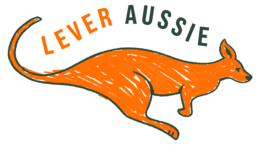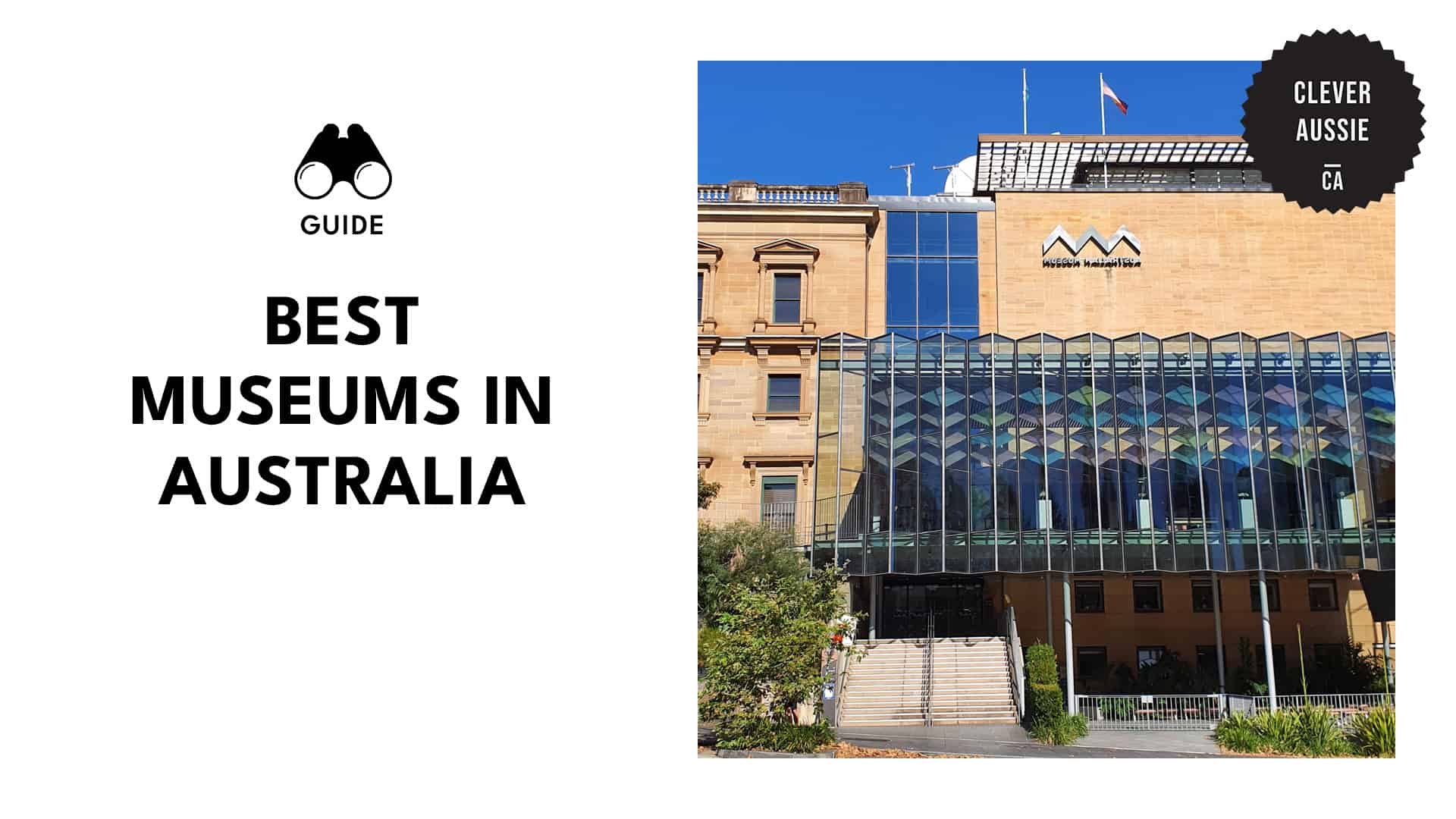The top 8 museums in Australia that showcase history
Australia’s museums reflect a continent of contrasts. Ancient cultures exist alongside modern innovation, colonial history beside cutting-edge science.
Each venue tells part of the country’s evolving story, so if you want to hear more about it, below are the top notable museums across Australia that capture this diversity, blending architecture, education, and culture in distinct ways.
1. Australian Museum
– Media credit: australianmuseum
Website: https://australian.museum/
Address: 1 William St, Sydney NSW 2010, Australia
Contact Details: +61 2 9320 6000
Operating Hours: Daily – 10 AM to 5 PM
Founded in 1827, the Australian Museum is the country’s oldest public museum and remains one of its most comprehensive. Its collections exceed 21 million specimens and cultural objects, ranging from palaeontology and zoology to Indigenous Australian heritage.
Recent renovations under the “Project Discover” program expanded public space by 30%, introducing new galleries and improved accessibility. The “First Nations” exhibition presents over 60,000 years of cultural continuity, curated in partnership with Aboriginal and Torres Strait Islander communities.
The museum also operates active research departments in climate science and biodiversity, linking public education with ongoing conservation work.
Pro tips:
- Admission is free, but special exhibitions require special tickets.
- Visit early in the morning to avoid school crowds.
2. National Gallery of Victoria
– Media credit: ngvmelbourne
Website: https://www.ngv.vic.gov.au/
Address: 180 St Kilda Rd, Melbourne VIC 3006, Australia
Contact Details: +61 3 8620 2222
Operating Hours: Daily – 10 AM to 5 PM
The National Gallery of Victoria (NGV), established in 1861, is Australia’s most visited art museum. Split between NGV International and The Ian Potter Centre: NGV Australia, it houses more than 75,000 works spanning classical European art, Asian collections, and contemporary Australian design.
The NGV’s programming combines blockbuster international exhibitions with local initiatives such as the Triennial, showcasing art, design, and architecture. The institution has also strengthened Indigenous representation through permanent galleries featuring First Nations artists.
Architecturally, NGV International’s bluestone façade and signature water wall have become Melbourne landmarks. Its open-access policy and family activities make it both a research site and community space.
Pro tip:
Weekday afternoons offer the quietest viewing experiences
3. National Museum of Australia
– Media credit: nationalmuseumofaustralia
Website: https://www.nma.gov.au/
Address: Lawson Crescent, Acton Peninsula, Canberra ACT 2601, Australia
Contact Details: +61 2 6208 5000, [email protected]
Operating Hours: Daily – 9 AM to 5 PM
Opened in 2001, the National Museum of Australia focuses on the nation’s social history and identity. Its collection includes more than 200,000 objects documenting migration, exploration, and contemporary life.
The museum’s architecture, designed by Ashton Raggatt McDougall, features looping forms symbolizing storytelling and connection.
Permanent exhibitions such as First Australians and Landmarks contextualize Australia’s history from Indigenous perspectives through to modern multiculturalism.
Interactive technologies, including the “Tangible Interactive Table,” allow visitors to explore digital archives and oral histories, integrating storytelling with research.
Pro tip:
Visit during the afternoon to enjoy the exhibits in peace and quiet.
4. Queensland Museum
– Media credit: qldmuseum
Website: https://www.museum.qld.gov.au/
Address: Corner of Grey and Melbourne Streets, South Bank, South Brisbane, Queensland
Contact Details: +61 (07) 3153 3000
Operating Hours: Daily – 9:30 AM to 5 PM
Located in Brisbane’s Cultural Centre, the Queensland Museum integrates science, natural history, and cultural heritage. Its permanent displays include Lost Creatures, featuring Muttaburrasaurus fossils, and Anzac Legacy Gallery, chronicling wartime experiences.
The museum also houses the Sparking Curiosity Science Centre, a major educational hub for STEM learning. Researchers attached to the institution contribute to entomology, geology, and maritime archaeology projects across Queensland.
The facility is linked to several regional satellites, ensuring statewide access to travelling exhibitions. Its focus on both environment and innovation mirrors Queensland’s biodiversity priorities.
Pro tip:
Families should allow at least two hours in the science center.
5. Western Australian Museum Boola Bardip
– Media credit: wamuseum
Website: https://visit.museum.wa.gov.au/boolabardip
Address: Perth Cultural Centre, Perth WA 6000, Australia
Contact Details: 1300 134 081, [email protected]
Operating Hours: Daily – 9:30 AM to 5 PM
Reopened in 2020 after a decade-long redevelopment, WA Museum Boola Bardip—meaning “many stories” in Whadjuk Nyoongar language—unites Western Australia’s scientific, historical, and Indigenous narratives.
The museum spans eight galleries covering biodiversity, space exploration, and human history. It incorporates over 50,000 community-sourced stories through multimedia installations, emphasizing inclusive storytelling.
Architecturally, the complex merges heritage buildings with contemporary glass structures designed for energy efficiency and natural light. Its public programs extend outdoors into the Perth Cultural Centre precinct.
Pro tip:
Allocate at least half a day to see all the attractions.
6. South Australian Museum
– Media credit: wamuseum
Website: https://www.samuseum.sa.gov.au/
Address: North Terrace, Adelaide SA 5000, Australia
Contact Details: +61 8 8273 9100
Operating Hours: Daily – 10 AM to 5 PM
Established in 1856, the South Australian Museum holds one of the world’s most significant anthropological collections, including extensive Aboriginal cultural material. Its five floors feature exhibitions on Pacific cultures, fossils, minerals, and biological diversity.
The museum is a leading research centre in archaeology and evolutionary science, housing several reference laboratories. Its Aboriginal Cultures Gallery, displaying over 3,000 artefacts, remains a cornerstone of national cultural research.
In addition to academic work, the museum provides public programs on citizen science and environmental education.
Pro tip:
Photography is permitted in most galleries, except in restricted cultural exhibitions.
7. Tasmanian Museum and Art Gallery
– Media credit: tasmuseum
Website: https://www.tmag.tas.gov.au/
Address: Dunn PI, Hobart TAS 7000, Australia
Contact Details: +61 3 6165 7000
Operating Hours:
- Sunday to Tuesday – 10 AM to 4 PM
- Monday – Closed
The Tasmanian Museum and Art Gallery (TMAG) is Australia’s second-oldest museum, combining natural science, fine art, and social history. Established in 1846, it occupies a cluster of heritage buildings on Hobart’s waterfront.
TMAG’s exhibitions explore Tasmanian Aboriginal heritage, Antarctica exploration, and environmental conservation. Highlights include the Islands to Ice gallery on polar research and the Our Changing Land series documenting ecological shifts.
The museum’s proximity to the University of Tasmania fosters collaborative research in marine biology and geology.
Pro tip:
The outdoor courtyard cafe offers a view of the harbour, ideal for short rests.
8. Powerhouse Museum
– Media credit: powerhousemuseum
Website: https://powerhouse.com.au/
Address: Level 3/500 Harris St Ultimo NSW 2007, Australia
Contact Details: +61 (02) 9217 0222, [email protected]
Part of the Museum of Applied Arts and Sciences (MAAS), the Powerhouse focuses on innovation, engineering, and design. Housed in a converted 19th-century power station, it blends industrial heritage with interactive technology displays.
Permanent exhibitions include Space Exploration, Transport, and Ecologic, alongside large-scale traveling exhibitions. The museum also oversees satellite sites, including the upcoming Powerhouse Parramatta, expected to be one of the largest cultural infrastructure projects in Australia.
Its education programs attract schools nationwide, emphasizing practical science and sustainability.
Pro tip:
Check the event calendar for temporary design fairs.


